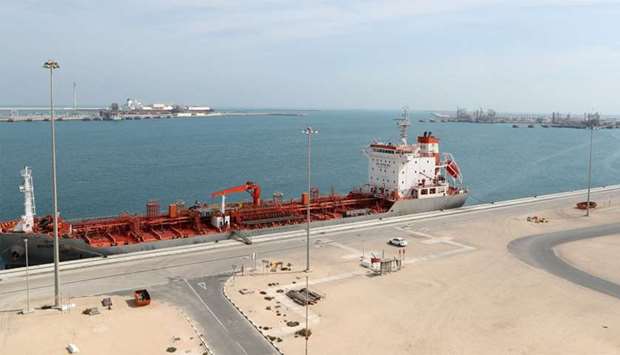The Qatari government’s net asset position is expected to remain a ratings’ strength over the forecast period, S&P said in a report.
In line with external flows, the bulk of Qatar's fiscal receipts are from hydrocarbon sales, and, as such, the rating agency sees a “limited impact” on Qatar's fiscal balance over the forecast period due to the blockade.
It expect that Qatar’s fiscal deficit will be about 4% of GDP in 2017 at the central government level, averaging 3% over 2018-2021.
“We expect that gross government debt will peak at 48% of GDP in 2018. We include investment income estimates on government assets in the general government balance and exclude them from the central government balance,” S&P said.
S&P expects the financing needs created at the central government level will be met by further debt issuance rather than drawing on assets. Its base-case revenue and expenditure forecasts reflect broadly flat hydrocarbon production estimates – at 3.5mn barrels of oil equivalent per day – and high capital expenditures, but continued control of current expenditures.
“We believe the fixed exchange rate of the Qatari riyal to the dollar leads to limited monetary flexibility. Nevertheless, we expect the currency peg to be maintained,” S&P said.
Qatar's goods exports to the blockading nations are relatively limited (10% of total); most of its gas receipts come from Asian (Far East) customers.
Furthermore, according to the ratings agency, the UAE accounts for 6% of exports, including gas exports through the Dolphin pipeline, which it does not expect to be affected due to the current situation.
Therefore, S&P expects that the impact on Qatar's export earnings will be “manageable”.
On the import side, Qatar has found “alternative” sources of goods that previously arrived from blockading nations, likely at higher prices, though.
“Nevertheless, we estimate that the current account returned to surplus in 2017 due to higher oil prices, to which most of Qatar's gas contracts are linked,” S&P said.
Outflows of nonresident funding from Qatar's banks totalled $22bn (14% of GDP) in 2017 following the blockade, the report noted.
The outflows were largely related to the blockading countries removing deposits they had in Qatar.
However, an injection of $43bn (27% of GDP) by the government and its related entities more than compensated the outflows.
“While we expect foreign deposit outflows will continue, we believe they will be manageable, given the support already provided by the government, our expectation of limited outflows from Asian and European depositors, and banks' sufficient liquidity.
“Qatari banks are well capitalised and can withstand substantial withdrawals. We view the authorities as having strong willingness and capacity to provide support if and when needed,” S&P said.


